Is HIV not contagious when you take medication, and for how long?
Currently, there is no cure for HIV and no effective vaccine. Once infected, the body cannot get rid of it. However, there are a number of drugs that can control HIV reproduction preventing complications. These drugs are called antiretroviral therapy (ART).
To assess the effectiveness of these medications, doctors follow up to monitor the patient's viral load and CD4 T-cell count to determine the effectiveness of HIV medication. Initial checks are done at weeks 2 and 4 and then every three to six months. Viral load refers to how many copies of the virus are in the body, and CD4 T-cells are a type of immune cell found in the normal human body that are also targeted for HIV attack.
Effective treatment should lower the viral load so that it is undetectable in the blood. This does not mean that all the HIV in the patient's body is gone. Even if it is not found in the blood, HIV is still present in other parts of the body, such as the lymph nodes and internal organs.
So, after taking anti-AIDS drugs, patients are still contagious, the difference is just the degree of contagiousness is not the same. Those with low viral loads in their bodies are weakly contagious, while those with high viral loads are more contagious.
Whether or not you are taking anti-AIDS medication, the virus has not cleared and once you stop taking the medication there is a possibility of transmission, so take precautions.
The promotion of the concept of U=U (Undetectable equals Untransmittable) is not intended to encourage HIV-infected persons who have achieved virological suppression to engage in unprotected sex, but rather to encourage all HIV-infected persons to actively accept treatment and improve medication adherence. It also de-stigmatizes HIV-infected people, making it easier for them to integrate into their families and society without discrimination, and thus controlling HIV transmission more effectively.
However, responsible HIV-infected individuals are advised to keep in mind that U=U is not a high level of security because the virus is not eradicated from the body; the virus is only temporarily dormant and can reactivate when the drug is stopped or when drug resistance occurs. Therefore, the use of condoms during sex is still the preferred option to completely block the transmission of HIV.
AIDS is not contagious after taking medication? This statement is too absolute or not clearly stated. In fact, this is related to an article in the Journal of the American Medical Association, which summarizes a lot of relevant research information and promotes a so-called "U = U" concept.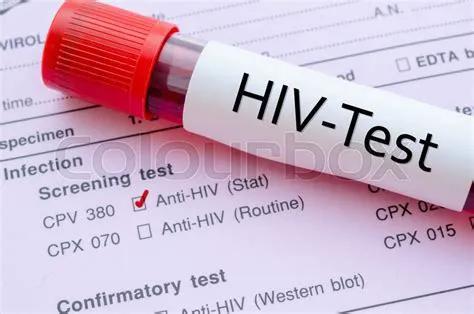
What does U equals U mean? The original English term means undetectable equals untransmittable, meaning that undetectable HIV equals non-transmittable. However, there is an additional condition attached to this concept, which means that it is not transmitted to a sexual partner through sexual intercourse.
As we all know, sexual transmission is one of the most important modes of HIV transmission, while other modes of transmission include blood transmission and mother-to-child transmission. The other two modes of transmission are contracted in specific ways: blood transmission refers mainly to infection through the importation of blood products and the sharing of injecting needles, and mother-to-child transmission refers to the transmission of HIV from a woman living with AIDS to her foetus or newborn child through pregnancy and childbirth, etc.
So the question above might be more complete if it were phrased this way: an HIV-infected person who has been treated and whose blood is consistently undetectable for HIV RNA (generally less than 15 or 20) using a high-sensitivity PCR method will not be able to sexually transmit it to his or her sexual partner, even if a condom is not used.
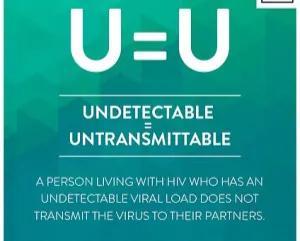
But this confirmation of the lack of contagiousness still requires some prudence. In the case of HIV-infected people, even if it is not sexually transmitted, care must be taken to avoid having large amounts of blood and secretions come into contact with other people's open, fresh wounds, which inevitably carries some degree of risk, except that the risk is so small as to be negligible.
So, at what point does treatment become non-contagious? In other words, how long does it take for the treatment to become non-contagious to a sexual partner? In fact, this is somewhat related to the medication taken. First-line antiviral drugs, in the absence of drug resistance, basically the earliest possible detection of viral nucleic acid may not be possible for more than a month, and the slowest should be six months.
In areas with high HIV prevalence, where one-to-one preventive measures are not possible, this "U=U" concept has a very positive impact on reducing the rate of new HIV infections in the population as a whole.
However, for countries with relatively low prevalence rates, this statement may lead to over-optimism, which may reduce the probability of people using condoms and increase the potential risks, so it is still important to take it with a grain of salt.
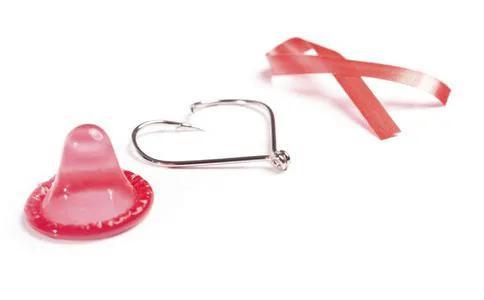
Lastly, I would like to talk about the situation where a high degree of precision does not detect viral nucleic acid. Failure to detect that just means that our test is not yet the most precise and can only detect a viral load of 15 or 20 or more. It is not impossible that an HIV-infected person may have a viral load between 1 and 14 or 1 and 19.
Usually, it does take a certain amount of virus to cause an HIV infection, but it is also possible that if you repeatedly walk away with microscopic amounts of viral invasion, the risk can accumulate and eventually lead to infection.
Another point is that for those who are already taking antiviral drugs and the virus is under control, they have a sense of prevention in their mind, and relatively speaking, the people they have sex with will also have certain knowledge of prevention. Therefore, on the whole, we have not found any cases of transmission from a person with a very low viral load to his sexual partners.
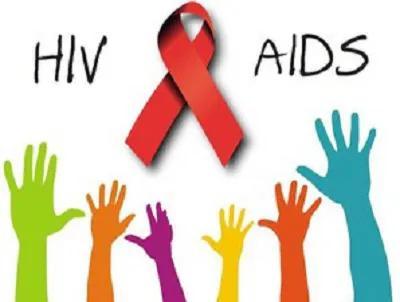
wrap-up
When HIV infection is detected, immediate antiretroviral treatment with highly effective first-line antiretroviral drugs can quickly suppress HIV replication to the lowest possible level, which is the modern concept of "treatment as prevention" in the prevention of HIV.
The concept of U equals U can work well for HIV prevention for large groups of people, but for some people who indulge or generalize their sexuality, there is a risk of promoting promiscuity, and it is important to be wary!
There is no vaccine available to prevent AIDS. The most effective way to prevent it is to start from the way it spreads, to be clean, and then to use condoms throughout the entire process and correctly.
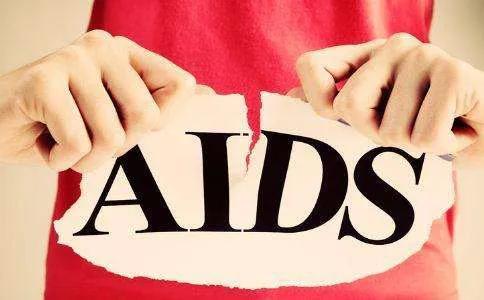
I'm Dr. Long from Infectious Diseases, so if you're interested in this topic, feel free to leave a comment in the comments section. To learn more about infectious diseases, follow Dr. Long.
So funny, taking medication is to treat the disease, control the symptoms and increase resistance, but the virus is always there, so it won't be free of contagion. Still need to pay attention to protect themselves ah.
Now the regulation is that the disease load in plasma is less than 200 copies per milliliter and cannot be detected, of course, there are more sophisticated instruments that can detect less than 200 copies, but generally less than 200 copies is undetectable. The time is usually more than half a year after antiviral treatment, and the specific data need to be tested for disease load. The specific data needs to be tested by the disease load test, and the test data will prevail!
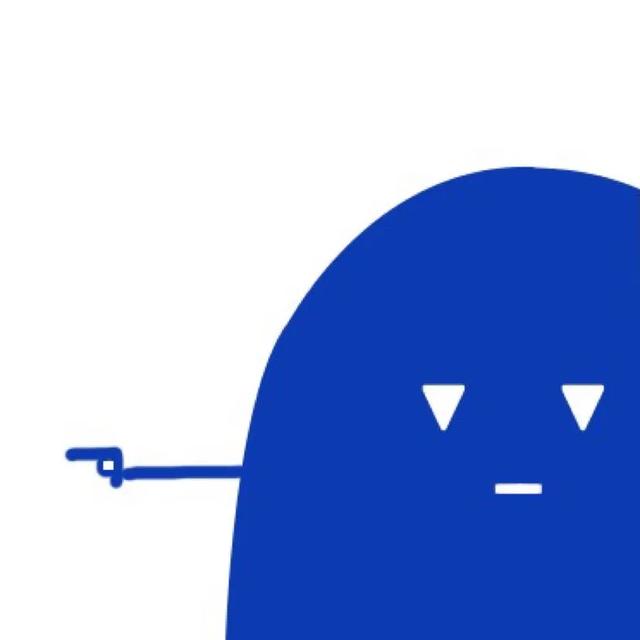
This question and answer are from the site users, does not represent the position of the site, such as infringement, please contact the administrator to delete.